Introduction
Norbergite is a mineral in the humite group. It is quite rare, with only 33 localities listed in mindat. It is closely related to clinohumite, humite and chondrodite, and it is often found with one or more of these minerals. Norbergite is F-dominant, and an eventual (OH) dominant norbergite end member will not be stable in the common range of temperatures and pressures in the earth’s crust.
Norbergite is almost always found in metamorphic and metamorphosed limestone and dolomites and in the contact (calc-silicate rocks/skarns) between these and other rocks. It is often associated with different ores and other Mg-rich silicates such as spinel, phlogopite, tremolite and other Mg-rich silicates. Fluoborite is also an associate of norbergite at some localities.
The best display specimens come from the Limecrest Quarry, New Jersey, USA.
It is difficult to distinguish minerals in the humite-group, as they largely occur in the same environments and localities. Their physical and optical appearances are also similar, as is the occurrence as rounded crystals or anhedral grains. A quantitative chemical analysis (microprobe) combined with structural analyses (XRD) seem to be required to identify individual humite group species with absolute certainty. It is therefore quite possible that some of the photos in this article may be incorrectly identified as norbergite.
Canada
,Crystal Lake fluoborite occurrence, Galway Township, Peterborough County, Ontario, Canada
Norbergite occurs as orange anhedral to subhedral (no or poor crystal form) aggregates with well crystallized fluoborite. The photos show typical for the locality.
Italy
,Mount Somma, Somma-Vesuvius Complex, Naples, Campania, Italy
Exquisite micro-crystals of humite group minerals, including norbergite can be found in cavities in in skarns in the contact between magma and a metamorphosed limestone.
The norbergite is usually colorless or yellowish and was usually found in sugary marble, often in a paragenesis with calcite, dolomite, geikielite, "mica", pyrrhotite, gem spinel and rare molybdenite. Norbergite can co-exist with chondrodite, even within the same crystal cavity.
USA
,Franklin, Sussex County, New Jersey, USA
Norbergite is a mineral of the Franklin marble, and it’s occurrence is not associated with the Franklin ores. Dunn (1995) gives the following account:
“Fine, yellow, euhedral norbergite crystals, up to 25 mm in clusters to 3 x 2 x 2 cm, were found in the Franklin Quarry in 1982 and have the tabular habit figured by Palache. In this occurrence, norbergite is associated with calcite, hercynite, and phlogopite. Norbergite has also been reported from the Fowler Quarry (see below) and likely occurs sporadically in many of the other local marble quarries. It also occurs in marble on the 800 level of the Sterling Mine as brownish rims surrounding gray material; both have been verified as norbergite”
Norbergite show a bright yellow fluorescence undeo SW UV light.
An EDX analysis of the norbergite from the Franklin mine gives the following formula: Mg3(SiO4)(OH, F)2 Mg2.80Fe0.03Ca0.01(SiO4)F1.19(OH)0.4
Fowler Quarry (Nichol Quarry; B. Nicoll Quarry; Nicoll Quarry; Nicol Quarry; Cellate Quarry), Franklin Marble, Franklin, Sussex County, New Jersey, USA
>The norbergite from the Fowler Quarry is generally regarded as the best euhedral crystals of the Franklin mining district. The first description of Norbergite from Franklin was given by Larsen et al. (1928), referring to the older name, the Nicoll Quarry.
“The norbergite occurs in a coarsely crystalline limestone from the Nicoll Quarry, and grains or crystals are commonly several millimeters across and some are a decimeter across. For the most part, crystal faces are entirely lacking, but one crystal suitable for measurement was contained in the Harvard Collection to which it had been presented by Dr. H. Ungemach of Paris in 1906. In thin sections, many of the norbergite grains show irregular, rounded to embayed cores of chondrodite and these cores suggest that the norbergite has replaced the chondrodite, though it may simply have grown about the chondrodite as a nucleus”.
According to Dunn (1995), fine Norbergite crystals may attain 2-3 cm, some of them of very high quality. Most norbergite, however, occurs as anhedral to subhedral 1-4 mm grains in the host marble.
Generally, norbergite is light yellow or light greenish-yellow; but orange-brown to brown crystals are known, which are visually indistinguishable from orange-brown chondrodite; the distinction is best made with X-ray diffraction methods.
Lime Crest Quarry, Franklin Marble, Sparta Township, Sussex County, New Jersey, USA
Norbergite from the Limecrest quarry is found as small anhedral grains, but occasionally well formed crystals can be found. The individual blocky or more acute crystals can reach multiple cm and are undoubtedly the finest found. There appears to be a wide range in color for true norbergite from very pale yellow to intense dark orange-brown. Also, chondrodite is known from the Limecrest quarry, and these two minerals can be practically indistiguishable by appearance. A rule of thumb explained in the mindat message board is that the norbergite fluoresces yellow in short-vawe ultraviolet light. This is, however, a rule of thumb and owners of some of the more exquisite specimens should consider an XRD to get a definite ID on their specimen.
References:
Balassone, G., Talla, D., Beran, A., Mormone, A., Altomare, A., Moliterni, A., Mondillo, N., Saviano, M., Petti, C. (2011). Vesuvianite from Somma-Vesuvius volcano (southern Italy): chemical, X-ray diffraction and single-crystal polarized FTIR investigations. Periodico Di Mineral, 80, 369-384.
Dunn, P.J. (1995). Franklin and Sterling Hill, New Jersey - the World's Most Magnificent Mineral Deposits. Privately printed, 755 pp.
Gilg, H. A., Lima, A., Somma, R., Belkin, H. E., De Vivo, B., & Ayuso, R. A. (2001). Isotope geochemistry and fluid inclusion study of skarns from Vesuvius. Mineralogy and Petrology, 73(1-3), 145-176.
Larsen, E. S., Bauer, L. H., & Berman, H. (1928). Norbergite from Franklin, New Jersey. American Mineralogist: Journal of Earth and Planetary Materials, 13(7), 349-353.
Leavens, P. B., Zullo, J., & Verbeek, E. (2009). A complex, genthelvite-bearing skarn from the Passaic pit, Sterling Hill mine, Ogdensburg, New Jersey. Axis, 5, 1-26.
Lobley, J. L. (1889). Mount Vesuvius: A Descriptive, Historical, and Geological Account of the Volcano and Its Surroundings. Roper and Drowley.446 pages.
Merguerian, C. (2008): Geology Club Field Trip New Jersey Zinc Mine and Vicinity Ogdensburg, NJ, 3-4 May 2008. Guidebook Notes. 54 pages
Ontario Geological Survey (1984). Map P 2699, Geological series preliminary map, Precambrian geology, Howland area.
Palache, C. (1935). The Minerals of Franklin and Sterling Hill Sussex County, New Jersey (No. 180). US Government Printing Office.161 pages.
Piochi, M., De Vivo, B., & Ayuso, R. A. (2006). The magma feeding system of Somma-Vesuvius (Italy) strato-volcano: new inferences from a review of geochemical and Sr, Nd, Pb and O isotope data. In Developments in Volcanology (Vol. 9, pp. 181-202). Elsevier.
Sabina, A.P. (1986). Rocks and minerals for the collector, Bancroft - Parry Sound area and Southern Ontario, Geological Survey of Canada Miscellaneous Report 39. 197 pages.
Wolf, A., Rakovan, J., Cahill, C. (2003). Ferro-axinite from the Limecrest Quarry, Sparta, New Jersey. Rocks and Minerals Vol. 78, pp 252-256.
http://www.mindat.org/mesg-105-287062.html
Ciriotti, M.E., Punzo, U. (2005). AMI Message Board.
Revision History
Revision History | ||||||||||||
|
Latest photo reviewed: 1029198
Article has been viewed at least 23085 times.
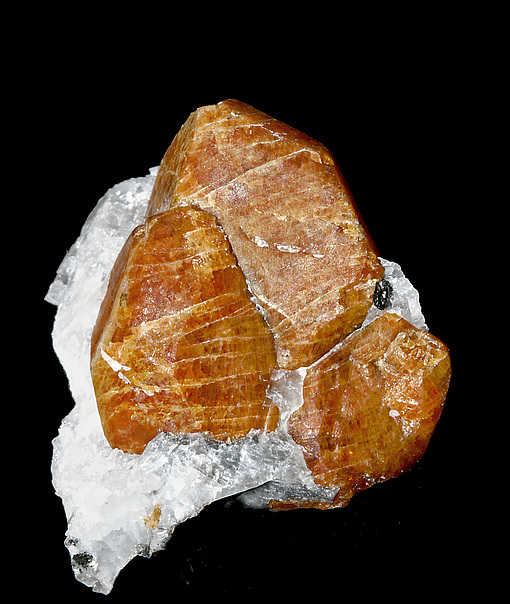





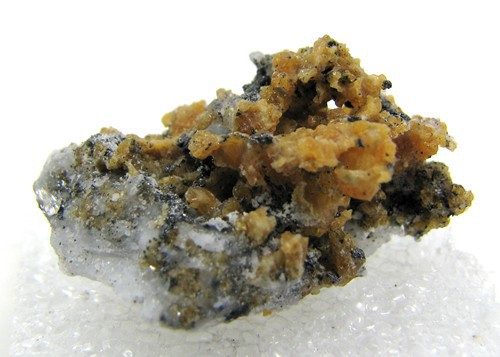




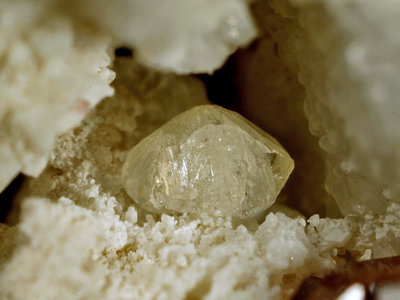









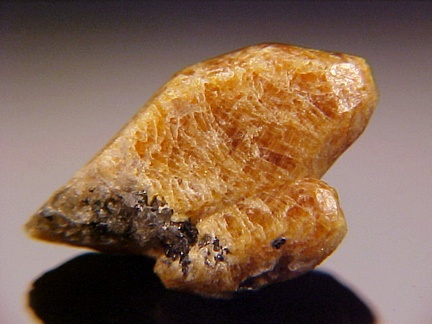
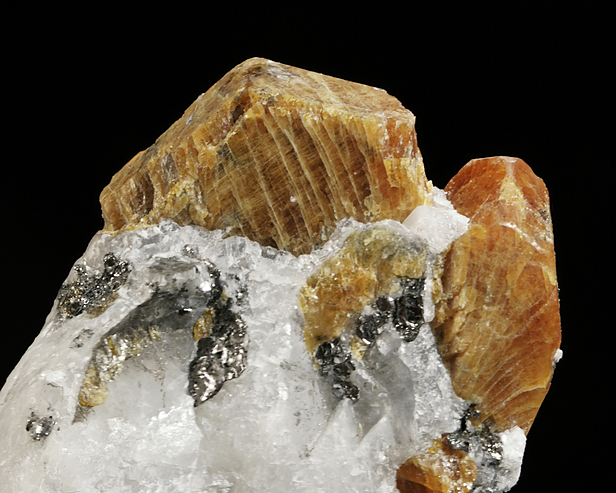
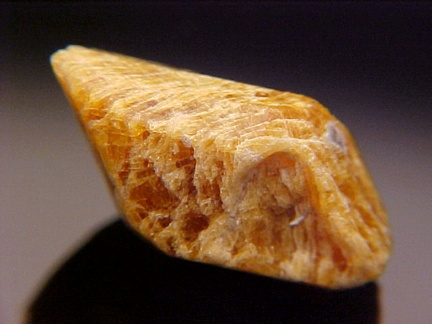



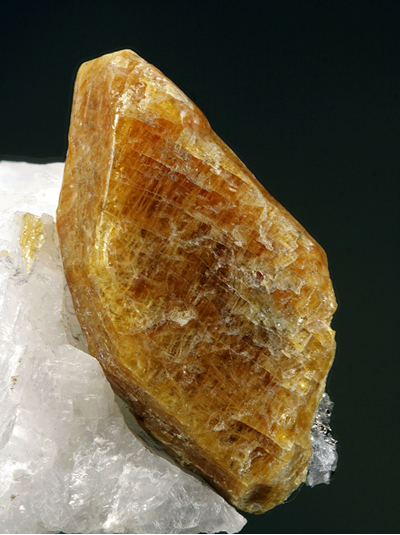


















Lime Crest Quarry, Franklin Marble, Sparta Township, Sussex County, New Jersey, USA